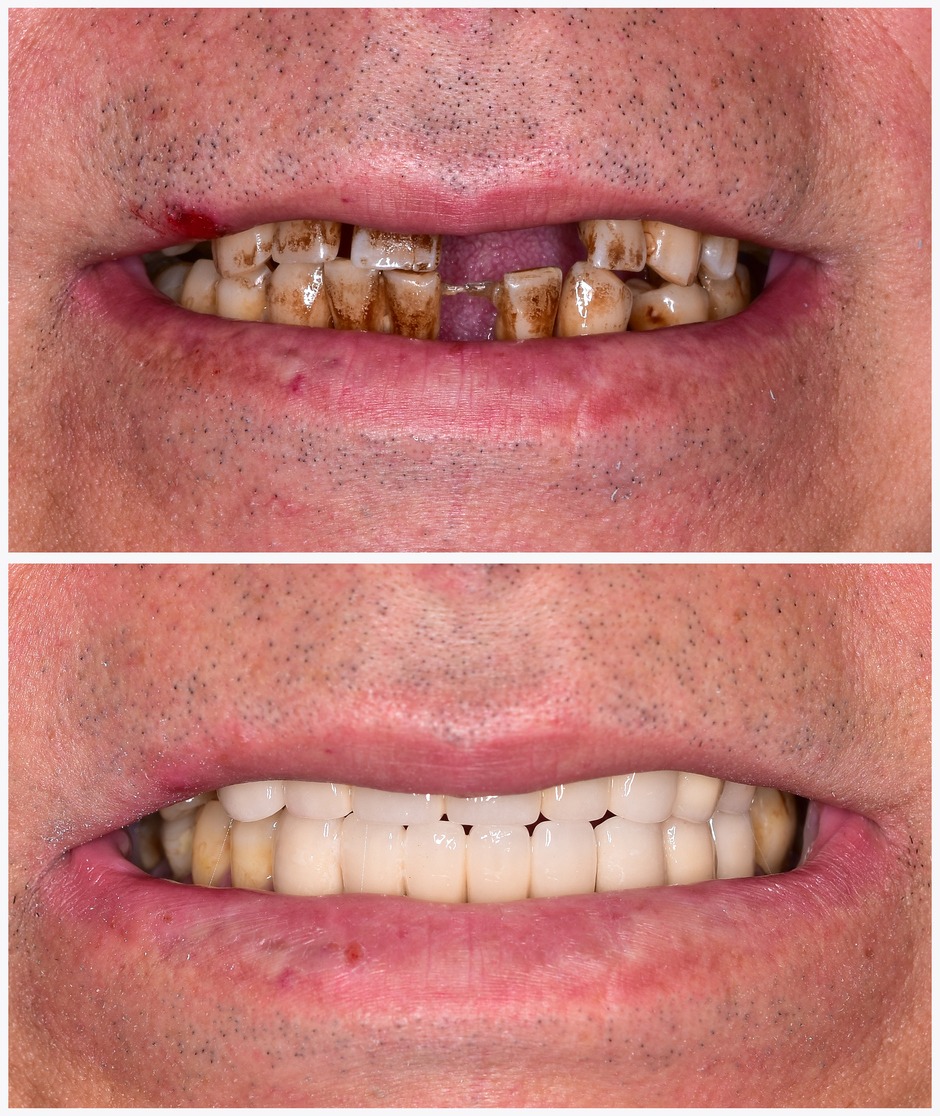When it comes to dental treatments, the line between cosmetic and restorative procedures can sometimes be blurred. Dental bridges are a prime example of this overlap. Designed to replace missing teeth, bridges restore functionality to a patient’s bite and simultaneously improve the aesthetics of their smile. To fully understand whether getting a dental bridge is considered a cosmetic procedure, it’s important to delve into the nature of dental bridges, their purposes, and how they are classified within the dental field.
Understanding Dental Bridges
A dental bridge is a fixed dental restoration used to replace one or more missing teeth by anchoring artificial teeth to adjacent natural teeth or dental implants. It consists of two main parts: the pontic, which is the false tooth or teeth that fill the gap, and the abutments, which are the natural teeth or implants that support the pontic.
The primary function of a dental bridge is to restore the dental arch’s integrity by filling the space left by missing teeth. This not only helps in distributing the forces in your bite properly but also prevents remaining teeth from drifting out of position, a situation that can lead to a cascade of dental issues.
Cosmetic vs. Restorative Dentistry
To categorize dental bridges as cosmetic or restorative, one must understand the distinction between the two types of dentistry:
- Restorative Dentistry: This branch focuses on the diagnosis, prevention, and treatment of oral diseases, as well as the rehabilitation of the dentition to functional and aesthetic requirements of the individual. Procedures under this category include fillings, crowns, bridges, and implants, aimed primarily at restoring the function and structural integrity of teeth.
- Cosmetic Dentistry: Also known as esthetic dentistry, cosmetic procedures are designed to improve the appearance of the teeth and smile. Common treatments include teeth whitening, veneers, and bonding. While these may enhance function to some degree, their main focus is on appearance.
The Dual Nature of Dental Bridges
Dental bridges serve both restorative and cosmetic purposes. They are restorative as they replace teeth, enabling proper chewing and speaking, and maintaining the shape of the face. They also prevent remaining teeth from shifting, which could lead to occlusal (bite) issues or temporomandibular joint disorders (TMJ).
At the same time, dental bridges are cosmetic because they are made to match the color, shape, and size of natural teeth, significantly enhancing the smile’s appearance. A missing tooth can be a source of self-consciousness for many, and the placement of a bridge can provide a boost in confidence and self-esteem.
Is a Dental Bridge Considered a Cosmetic Procedure?
The classification of dental bridges as cosmetic or restorative can depend on the context. If the primary intention behind getting a bridge is to replace a missing tooth that is causing biting difficulties or other functional problems, it might be classified as restorative. However, if a bridge is desired mainly to improve the look of the smile where the missing tooth might not be affecting function significantly (e.g., a missing back tooth), it could be seen as cosmetic.
In many cases, dental insurance may cover dental bridges under restorative care, particularly if the tooth loss leads to functional impairment. However, the degree of coverage can vary based on the specifics of the dental plan and the perceived necessity of the procedure.
Conclusion
In summary, dental bridges straddle the line between cosmetic and restorative dentistry. They are not exclusively one or the other; they offer benefits that improve both the function and appearance of the teeth and mouth. Patients considering a dental bridge should discuss their primary concerns and objectives with their dentist, who can help determine the primary nature of the procedure based on individual needs and outcomes. Regardless of classification, the value of a dental bridge in enhancing a person’s quality of life is unquestionable, offering a solution that combines health, function, and aesthetics.


